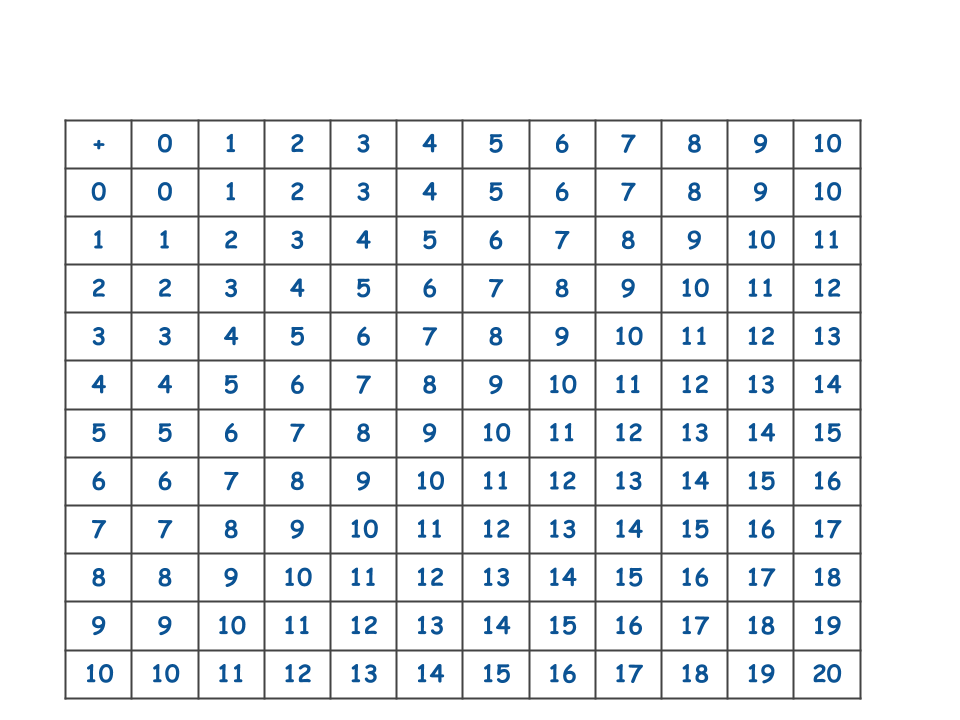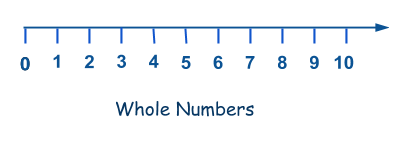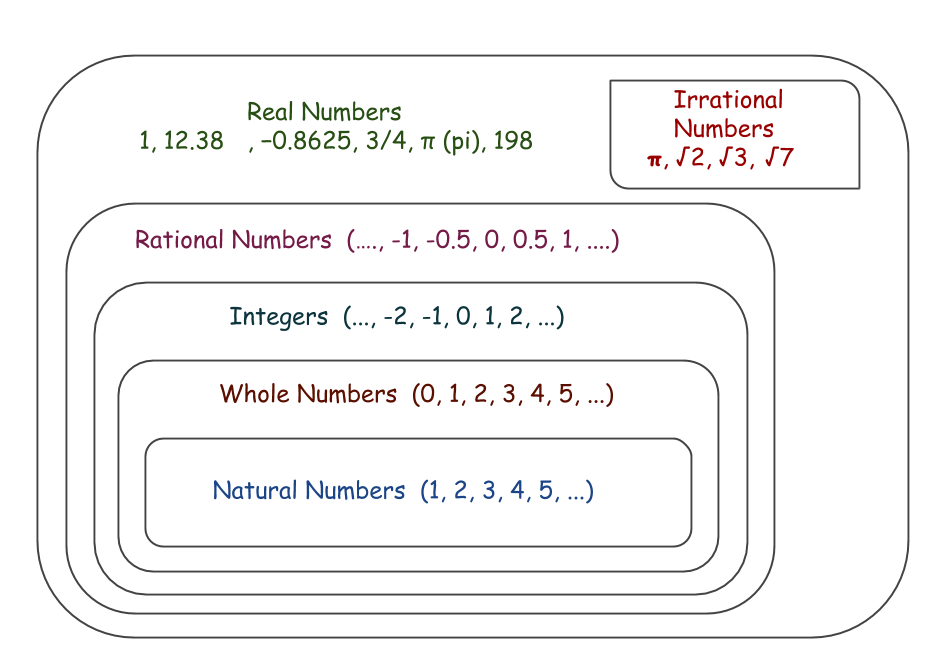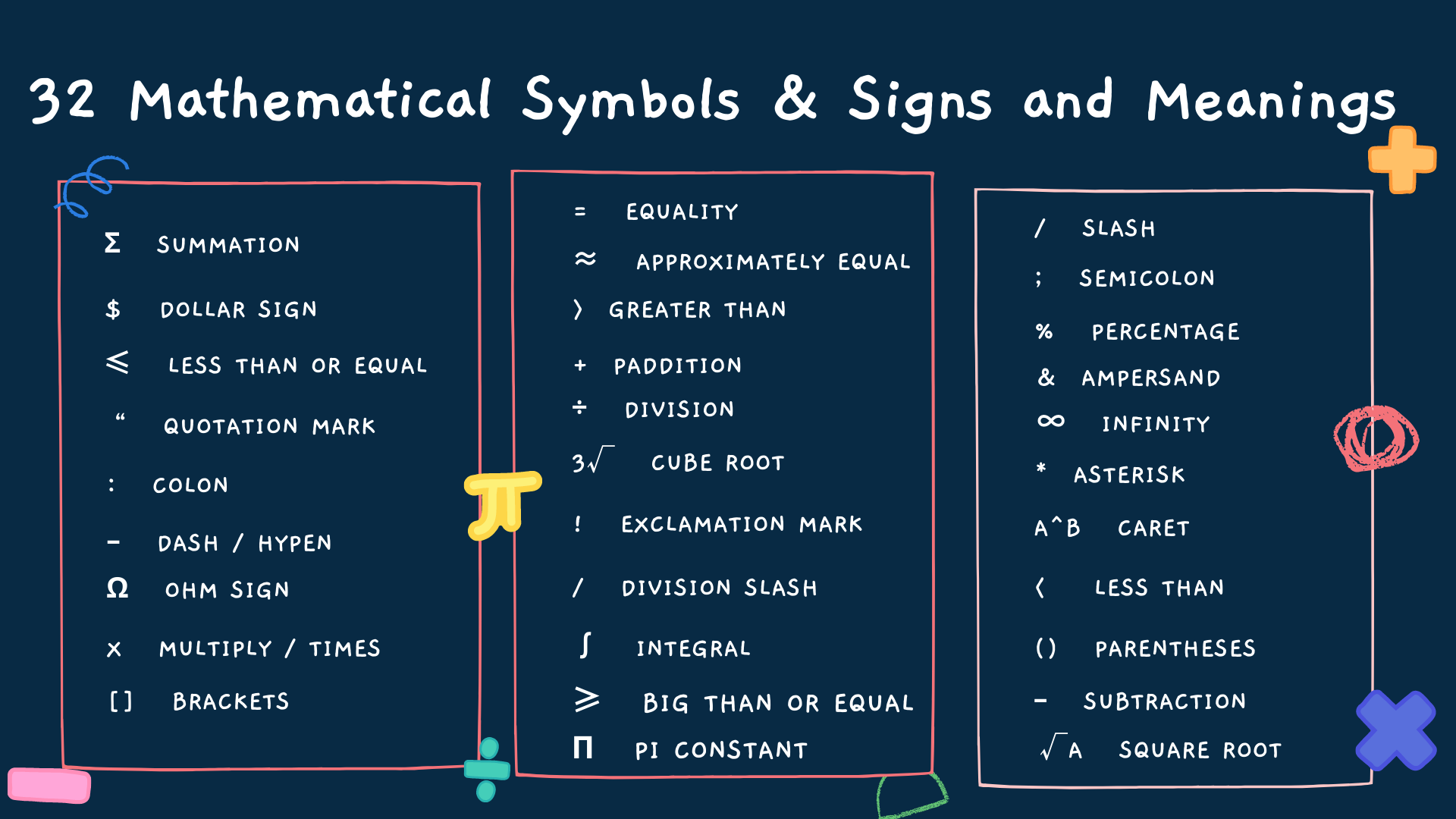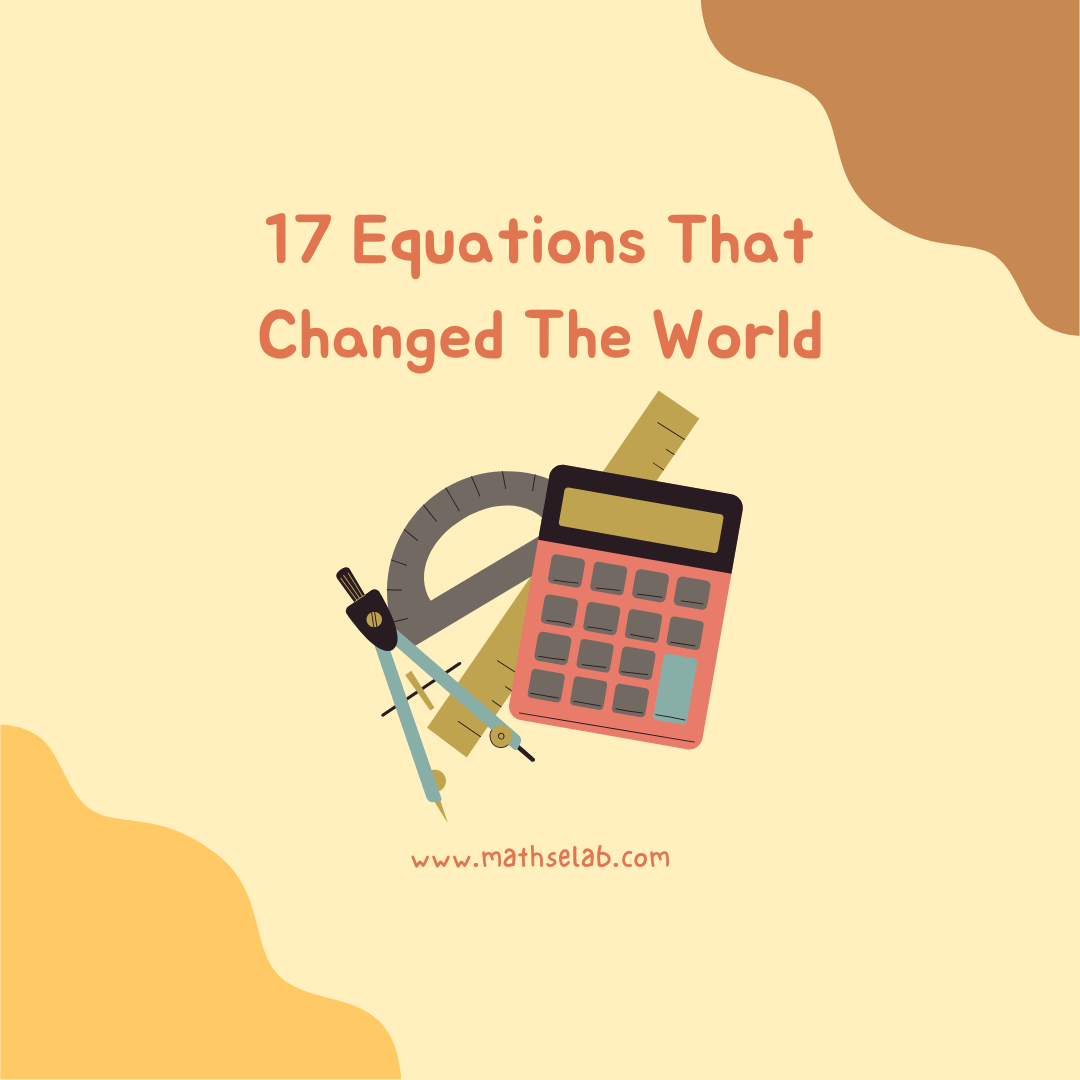What is multiplication?
Multiplication is when you take one number and add it together a number of times. … This is why multiplication is sometimes called “times”.
Example: 5 x 3 (5 multiplied by 3) = 5 + 5 + 5 = 15
We took the number 5 and added it together 3 times.
More Examples:
3 x 1 = 3
7 x 5 = 7 + 7 + 7 + 7 + 7 = 35
6 x 4 = 6 + 6 + 6 + 6 = 24
9 x 3 = 9 + 9 + 9 = 27
Symbols for Multiplication
There are a few different signs that people use to specify multiplication.
The most common is the “x” sign, but sometimes people use a “*” sign or “.” symbols.
Times Sign
The times sign is written as a cross of two lines:
X
Here are some ways to indicate 6 multiplied by 5.
6 x 5 = 30
means 6 times 5, which is the multiplication of 6 and 5, which is equal to 30.
Multiplication dot:
.
For example: 6 ⋅ 5 = 30
Multiplying by Zero and One:
Zero and one are two special cases when multiplying. When multiplying by 0, the answer is always 0.
For examples:
1 x 0 = 0
0 x 1 = 0
When multiplying by 1, the answer is always the same as the number multiplied by 1.
For examples:
1 * 2 = 2
2 * 1 = 2
Multiplication Table
When you know the fundamentals of multiplication, you’ll want to know the table of multiplications, sometimes called the table of times.
This table contains all possible multiplications from the numbers 1 to 12. This is 1 x 1 to 12 x 12 all the way.
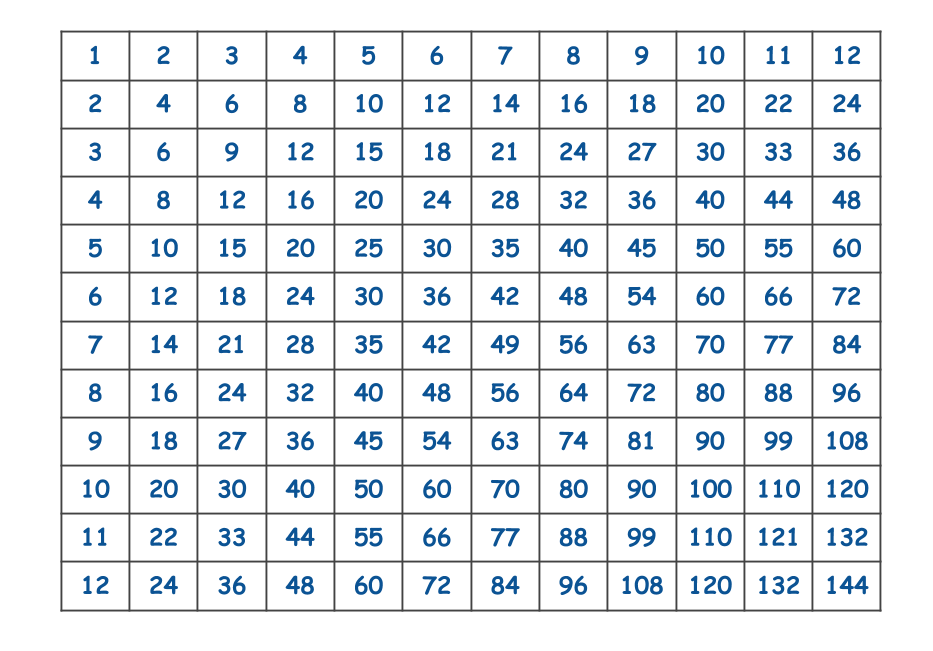
Long Multiplication
Long multiplication is a process by which large numbers solve multiplication problems. Unless you know the multiplication table by heart, one thing that can really support you in long multiplications is. That will improve your research and make it more accurate.
Let us multiply 27 by 53 using the long multiplication method.
- Write down the two numbers one below the other according to the position of their digits. Write the larger number at the top and a symbol for multiplication on the left. Draw a line below the numbers.
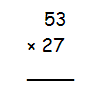
2. Multiply ones digit of the top number by the ones digit of the bottom number.

Write the product as shown.
- Multiply the tens digit of the top number by the ones digit of the bottom number.

This is our first partial product which we got on multiplying the top number by the ones digit of the bottom number.
- Write a 0 below the ones digit as shown. This is because we will now be multiplying the digits of the top number by the tens digit of the bottom number. Hence, we write a 0 in the ones place.
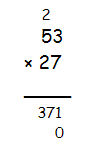
5. Multiply the ones digit of the top number by the tens digit of the bottom number.
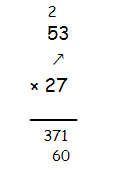
6. Multiply the tens digit of the top number by the tens digit of the bottom number.

This is the second partial product obtained on multiplying the top number by the tens digit of the bottom number.
- Add the two partial products.
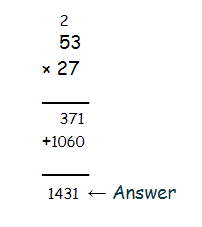
In long multiplication method, the number on the top is called the multiplicand. The number by which it is multiplied, that is, the bottom number is called the multiplier.
So, a long division problem will have:
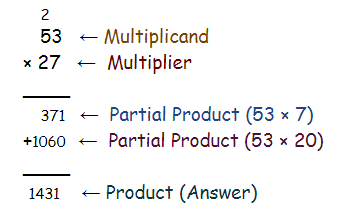
We follow the same method for multiplying numbers greater than 2-Digits.

